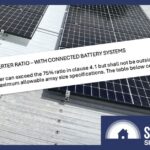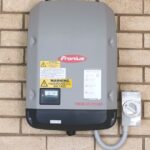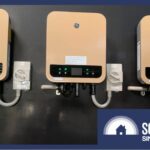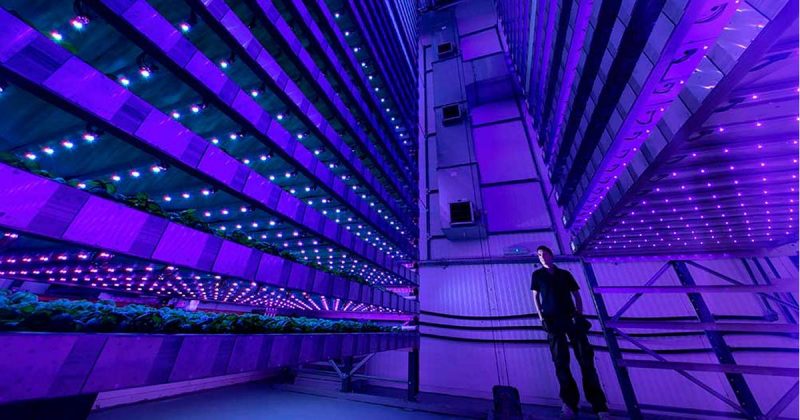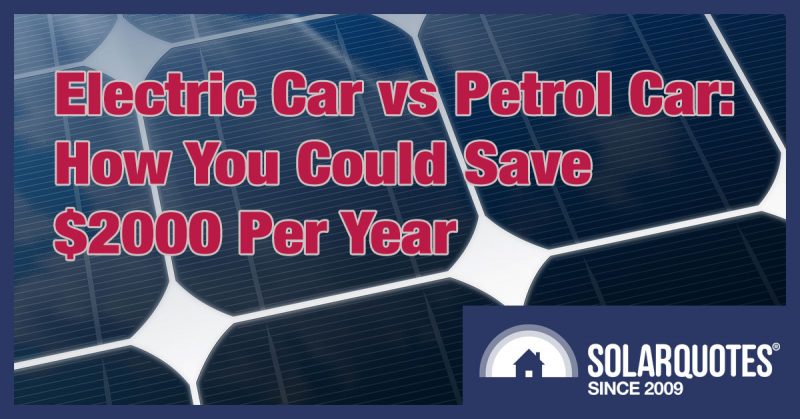How To Beat The Solar Panel Oversize Rule With Grid-Tied Solar And Batteries

Breaking the infamous ‘133% Solar Oversize Rule’ won’t get you in trouble if you add a battery. Or will it?
It depends on who you ask…
But before we get to that, a brief history of the rule.
The Australian Solar Panel Array Oversize Rule
Why do solar companies everywhere offer 6.6 kW of solar as their standard offer?
It’s because of the rules. Or, to be more specific, the “Clean Energy Council Guidelines For Grid-Connected Solar PV Systems (No Storage)“. This is a set of guidelines that must be followed when designing and installing solar power systems.
If your solar designer does not follow them, you are not eligible for the STCs on the system. In other words, you won’t get the ‘solar rebate‘, and your system will be thousands of dollars more expensive1.
We are talking specifically about “Guideline 4.4 : Array peak power – inverter sizing”:
4.4.1 In order to facilitate the efficient design of PV systems, the inverter nominal AC power output cannot be less than 75 per cent of the array peak power and it shall not be outside the inverter manufacturer’s maximum allowable array size specifications.
The first part of this rule is the one that matters here: “the inverter nominal AC power output cannot be less than 75 per cent of the array peak power”.
Or, to put it the other, more intuitive way…
The solar panel array cannot be more than 133%2 of the inverter’s size in kW.
History Of ‘The Oversize Rule’
Back in ye olden days of solar, shortly after the Renewable Energy Target was conceived, the Small Technology Certificates (STC) scheme was invented as a way to separate out the financial incentives for large (100 kW+) and small solar systems based on their theoretical carbon abatement. Essentially it was a carbon tax introduced by John Howard, but luckily the troglodytes were never bright enough to realise or stupid enough to politicise it.
When you install a solar thermal hot water unit, heat pump hot water or solar PV, there is a value attached to the abatement of greenhouse pollution. You get paid upfront for the coal and gas you don’t burn from now until 2030.
STCs for solar are based in part on how many watts of solar panels are installed. But what if you install more kilowatts of panels than the inverter is nominally rated for? That could result in slightly less kWh of energy per kW of panels installed than a solar array that matched the inverter output.
Bureaucrats hate anomalies like that, so it was decided to limit any oversizing to 133%. By their judgement, 133% would make good use of the hardware and deliver the best efficiency in terms of money spent for carbon abated.
The thing is that solar inverter manufacturers invariably rated their machines for way more than 133%. You could wire up 150% or even 200% of the inverter nameplate capacity, and it would simply work closer to its maximum throughput for more of its life.
Of course, there are times of good insolation when the inverter wouldn’t be able to handle all of the available energy, it would clip the output, running flat out for an hour or two in the middle of the day. But for most of the day the inverter would be passing through more useful energy than a non-oversized system.
‘The Rule’ Is Way Past Its Sell-By Date
Before the CEC even existed, SEIA were the local industry body. It was a union of like-minded professionals who assembled a standards, training and assessment panel, which in turn wrote a document entitled “Advice on Best Practice”. This was a well-meaning ‘code of conduct’, circa 2007 that was tweaked by 5% and adopted by the CEC as a hard rule without further scrutiny.
The CEC members’ area links to a document explaining the rationale behind the rule. The latest version is dated February 2013.
 Justifying the rule, it says:
Justifying the rule, it says:
“We believe that this limitation will allow the best possible design for the vast majority of cases while still allowing flexibility.
At this value, systems installed in the optimum orientation and tilt angle will not suffer greatly from yield loss and also allows for some oversizing to offset losses due to non – optimum installation locations. “
Unfortunately, this rule heralds from a time when:
- There was 10 x less rooftop solar installed in Australia.
- Solar cost 2-3 x more than it does now.
And pretty much every drop of sweet solar energy installed back then directly offset fossil fuel based electricity generation.
Fast forward 10 years, and maximising the yield of your system in the middle of a perfect solar day is not so important. There’s often so much solar electricity generated at those times that the wholesale electricity price goes negative. That’s the grid’s way of telling you there’s too much energy in the system.
When the grid really needs your solar to pump out more energy is over winter, on overcast days and early and late in the day – exactly when well-oversized systems will deliver.
But due to the outdated 133% oversizing rule, solar owners are limited to a solar array 133% more than their DNSP’s (local electricity network’s) mandated maximum inverter size. Often that’s a measly 5 kW inverter per phase.
Which goes to the point I’ve made for 15 years now: I’ve never met a customer who’s complained they installed too much solar.
What Does Oversizing Solar Have To Do With Batteries?
Well, to quote Tom from the Clean Energy Council recently,
“That’s an interesting one.”
If you have a home battery connected to your solar installation, you can now exceed the 133% oversize rule and go to the full inverter manufacturer’s recommended capacity. That means you can claim STC incentive payment for 150% or 200% of the inverter’s nameplate capacity.
Hence the CEC Installation Guidelines with the ‘133% rule’ are “For Grid-Connected Solar PV Systems (No Storage)“. The suffix is recent.
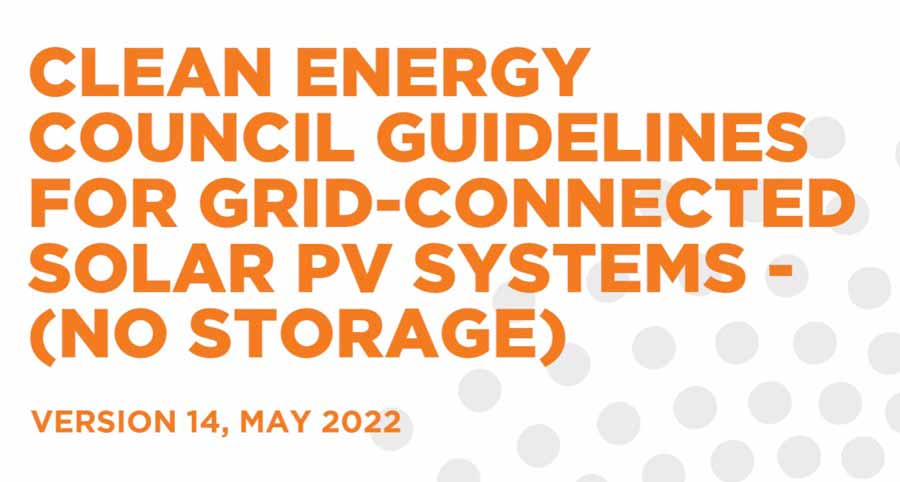
So, a 5 kW solar inverter with a battery is no longer limited to 6.666 kW of connected solar panels. You could have 7.5 kW or 10 kW of solar connected.
If you are lucky enough to have a DNSP that allows a 10 kW inverter with a 5 kW export limit, with a battery you could connect 15 kW or even 20 kW on a single phase.
That’s a boon for solar energy output in the morning, evening, winter and in shitty weather.
Sounds like a winner, doesn’t it? Yeah, but this is solar, and the rules are sclerotic.
The CEC is telling us that the guidelines they write and oversee technically mention the inverter being not more than 75% of the array capacity (the inverse of 133%), and that ratio is what matters to them. They specifically point to the front page of the document stating batteries are not considered where solar PV capacity is concerned.
So, the CEC won’t provide any assurance that a battery system oversized by more than 133% will be eligible for STCs (AKA the solar rebate).
I Swear, This: ¯\_(ツ)_/¯ ..Should Be The New CEC Logo.
It’s the Clean Energy Regulator who actually have the legislative clout. They are the ones who make the determinations, and it’s at their discretion that systems claiming over 133% are approved. When I sought clarification from Peta at the CER, she referred me to Tom at the CEC as being the body they farm out the technicalities to. I was told the CER don’t have enough technical expertise.
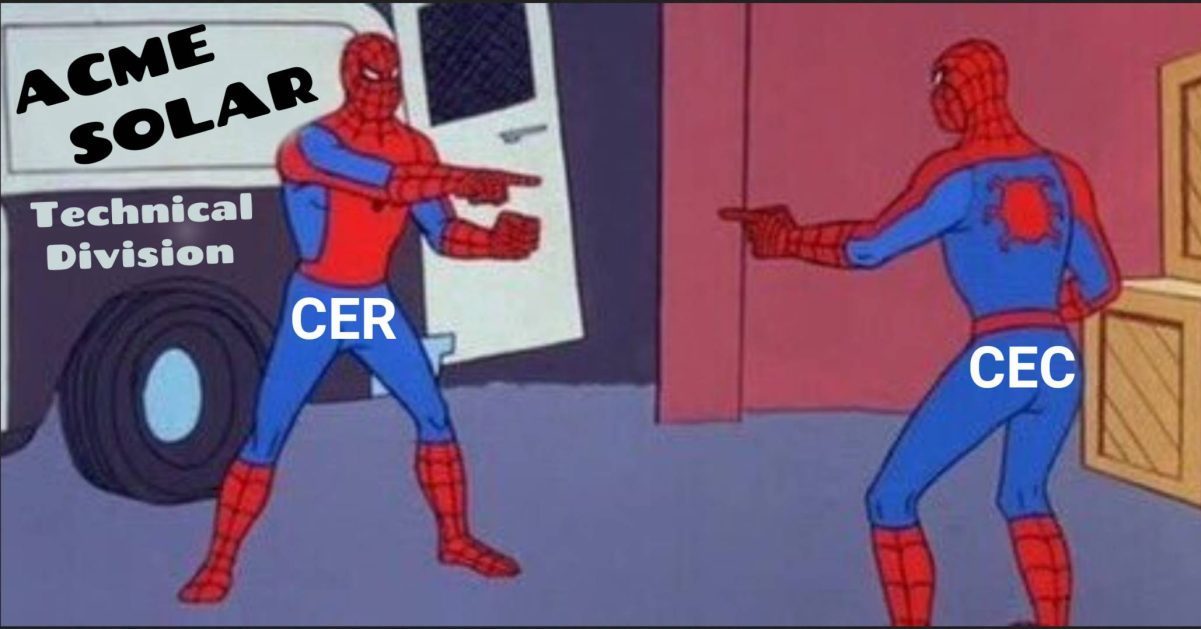
Wot?
It’s a question others have asked in the solar industry, and I know of at least one installer who has doggedly pursued some clarification until he got a “definitive” answer about a single point. He satisfied himself that the CER would allow extra STCs to be created for hybrid battery inverters, but NOT for systems using AC-coupled batteries such as the Powerwall3.
Many installers will pick their combination of technology and submit the paperwork to the STC dealer/aggregator and take the money when it comes through. But they are taking a risk that the system is deemed non-compliant and the entire STC payment has to be returned4, or they have to argue the point.
It’s this sort of ambiguity that drives people out of the solar industry.
If you think the 133% oversize rule is way past its usefulness, then please send an email to:
Comments are open until tomorrow (December 6th) but may be accepted afterwards, at the CER’s discretion.
Personally, I would just like to see them pay out STCs to full inverter spec, or at least allow you to claim 133% and then install the extra capacity you want without losing the entire STC payment.
Oversized Solar With Batteries Help Deliver More Solar When It’s Needed Most
We need to install more solar panels well over the inverter capacity to deliver:
- more power in the mornings and evenings, while output will be clipped or throttled at midday.
- more power up to the DNSP export limit for more hours of the day.
- more power that is more valuable to you, the customer.
- more energy, over and above the DNSP export limit, to charge the battery (depending on your design).
So let’s hope the CEC and CER can lose the 133% oversize shackles of the past. A few hundred emails from you lot may just help.
Footnotes
- A note on Australian Consumer Law – if your solar retailer is at fault here – they lose the dollars – not you. ↩
- 133% is the reciprocal of 75% ↩
- However, there weren’t any rules forthcoming for a grid connected battery system using a multimode battery inverter charger with an AC coupled solar inverter. And off-grid systems weren’t covered in the series of emails either, because of course you can have AC coupled batteries in off grid systems too. ↩
- you lose all the STCs – not just the ones over 133% ↩
Original Source: https://www.solarquotes.com.au/blog/beat-solar-oversize-rule/



